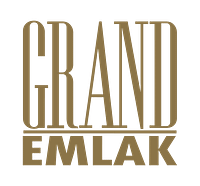Thanks to the foreign tourists who still keep coming, Antalya is experiencing its best times since the coronavirus pandemic.
Antalya, which experienced the best tourism season ever in 2019, hosted a total of 16 million visitors before the restrictions that came into our lives with the Covid pandemic caused a decrease in international travel. This number dropped to 9 million in 2021. However, Antalya has rediscovered its groove as the city receives 8.5 million overseas tourists by October this year.
Most of the tourists come from Europe
Germans and Brits are at the forefront of tourists who flock to Turkey from Europe. In addition, after the Russian occupation, the first choice of Ukrainian citizens was Antalya. In fact, all Russians who are already on vacation canceled their return flight tickets.
Erkhan Yağcı, Chairman of the Board of the Mediterranean Touristic Hoteliers and Operators Association (AKTOB), announced that Antalya has experienced a new boom this summer: “When we look from January to today, we have reached 90-95% of 2019 figures in high season. If it continues like this, we can approach 2019 figures.”
There is 128% increase compared to the previous year
According to official data, between January and July, Turkey hosted more than 23 million foreign tourists overall, which means 128% increase compared to previous years.
Russia, Germany and the United Kingdom visitors increased
The Russians have largely supported Turkey with increased arrivals due to Western sanctions and flight restrictions. Sanctions due to the invasion of Russia increased the number of Russian visitors to Turkey.
However, it is not only Russians who prefer to come for vacation to Turkey after the pandemic. Similarly, the number of German and English visitors increased compared to previous years.
Yağcı continued his statements as: “England is on its way to becoming a source market. The British market made a significant comeback. This year, we will host nearly 1 million British guests in Antalya. This is extremely important.”
According to the data announced by the Ministry of Culture and Tourism, highest number of visitors between January and July was Germans with 2.99 million people. This was followed by Russian tourists with 2.2 million. The British come in third place with 1.8 million visitors.














